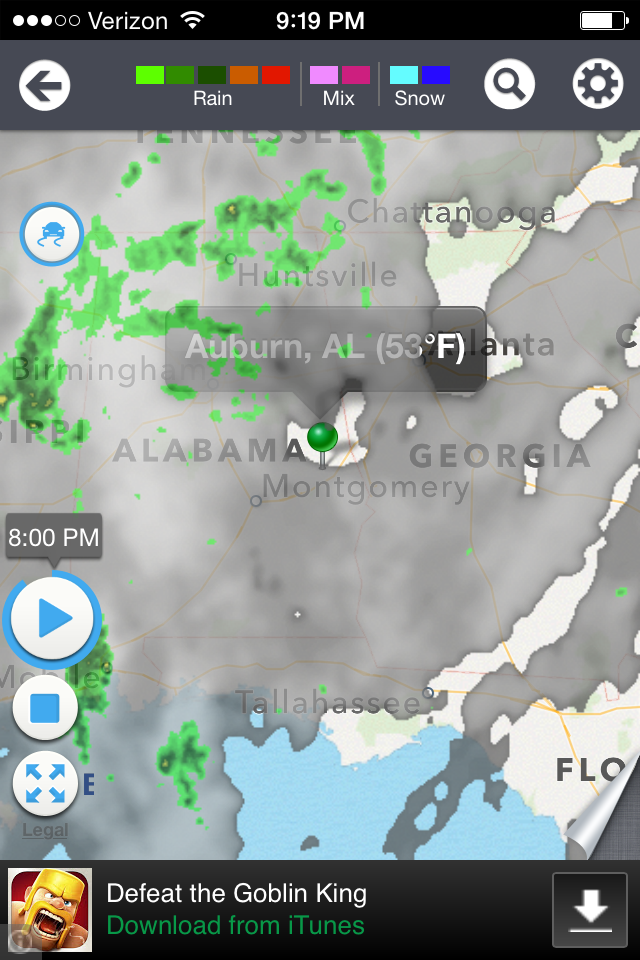Horsehead & Flame Nebulae
Flame Nebula
Moon
Messier 77
On the night of January 3, we had extremely good conditions and I was able to meet up with a fellow astrophotographer at my dark sky site for a great imaging session.
The Horsehead and Flame Nebulae, to me, are absolutely stunning, but are a good lesson in patience. Each had over an hour of exposure time and I had to work extremely hard to tease out the details. It will be fun to go back and attempt these targets again with more time.
The moon was gorgeous as well with just a sliver visible as we were setting up and it set around 7:45 pm. I don't often get to photograph the moon this early in the cycle, which made it especially fun to capture.
The last photo, M77, is another galaxy in the Messier list. I definitely need to use more magnification in the future on this one!
Photo Details
Horsehead & Flame Nebula
January 3, 2014
Orion 8" Astrograph on VX Mount
Nikon D3100 Camera - ISO 1600
Coma Corrector & Orion Skyglow Filter
32 sub frames at 1.5 minutes/frame
Total Exposure Time = 48 minutes
Image Stacking in Deep Sky Tracker
Image Processing in PhotoShop
Flame Nebula
January 3, 2014
Orion 8" Astrograph on VX Mount
Nikon D3100 Camera - ISO 1600
Coma Corrector & Orion Skyglow Filter
32 sub frames at 1.5 minutes/frame
Total Exposure Time = 48 minutes
Image Stacking in Deep Sky Tracker
Image Processing in PhotoShop
9.3% Waxing Moon
January 3, 2014
Orion 8" Astrograph on VX Mount
Nikon D3100 Camera - ISO 800
Image Stacking in Registax6
Final processing in PhotoShop
Messier 77
January 3, 2014
Orion 8" Astrograph on VX Mount
Nikon D3100 Camera - ISO 1600
Coma Corrector
40 sub frames at 1.5 minutes/frame
Total Exposure Time = 60 minutes
Image Stacking in Deep Sky Tracker
Image Processing in PhotoShop






































